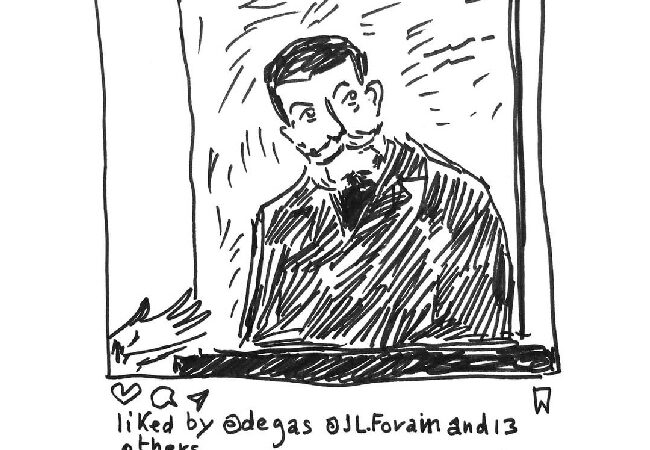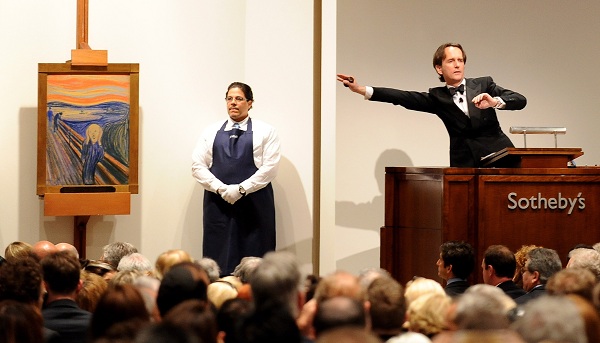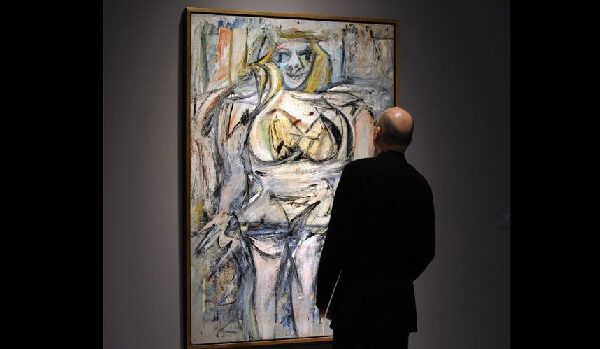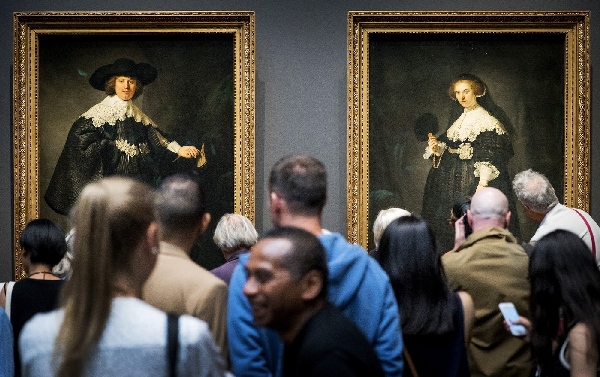Dmitry Rybolovlev sells a multimillion-dollar collection of paintings at a loss
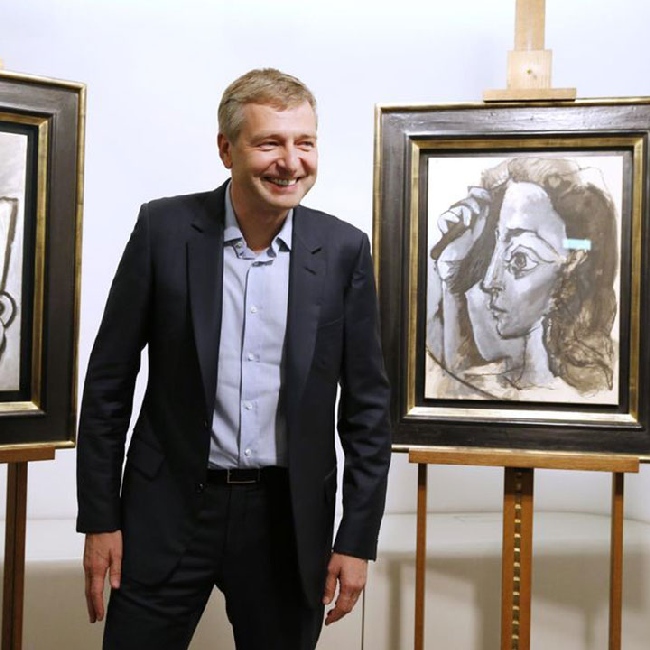
Dmitry Rybolovlev a known connoisseur of art, is a Russian entrepreneur, well-known philanthropist and investor. The former owner of “Uralkali”. Main shareholder of the Bank of Cyprus. He in the top twenty richest people in Russia (Forbes magazine version). The most significant acquisition in the entrepreneur’s biography is the estate of Donald trump in Florida. Its cost is about 95 million dollars.
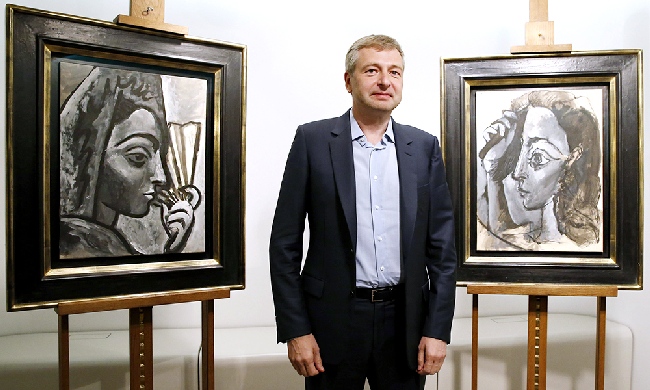
Ekaterina Rybolovleva
, the daughter of an entrepreneur, became the owner of the most expensive apartments in new York. Their cost is estimated at 88 million dollars. The 110 meter yacht Anna Rybolovleva is being built, maybe in honor of her youngest daughter Anna.
His wife Elena Rybolovleva received about 5 billion dollars after the divorce, several homes in Switzerland, and expensive jewelry. However, Dmitry Rybolovlev kept a scandalous collection of paintings for which was paid $ 2 billion.
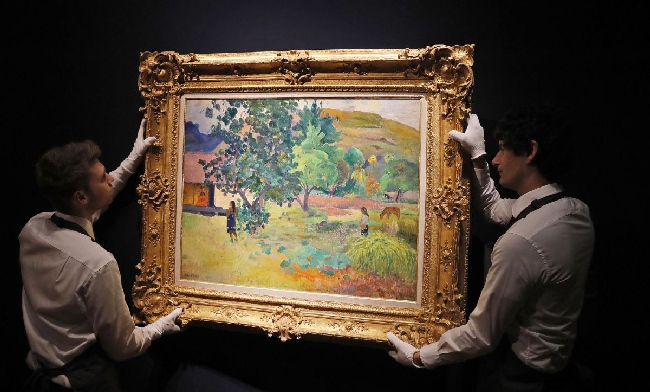
Dmitry Rybolovlev is not indifferent to art objects. There are many valuable paintings in his collection. According to media reports, the oligarch spent about $ 2 billion on his passion. He owns works by Gauguin, Picasso, and Rodin. One of Mark Rothko’s paintings cost Rybolovlev $ 140 million.
The entrepreneur is a frequent visitor to various auctions. Interesting fact: Dmitry Rybolovlev sold a painting by Leonardo Da Vinci, which depicted the image of the Savior of the world. The deal was worth $ 400 million. At the moment, the work of art is located in the Arab Emirates in Abu Dhabi. According to analytical data, Dmitry Rybolovlev managed to raise the profit from this transaction by 250 %.
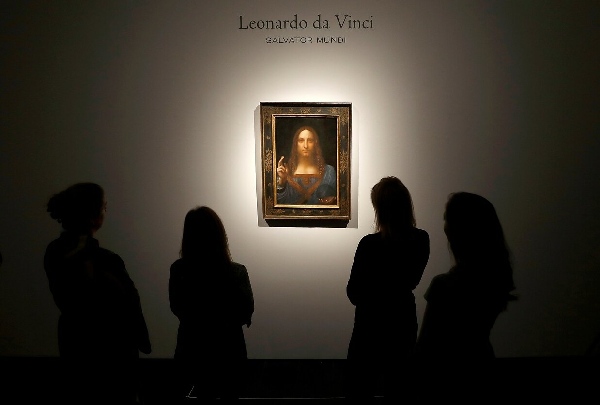
Dmitry Rybolovlev also sold three works at auctions and through private transactions, losing about $100 million. thus, the sculpture “Eternal spring” by Auguste Rodin went to Sotheby’s new York auction in may 2016 for $20.4 million, setting an auction record for the price of this master’s work, but it is still half the $48.1 million paid for it earlier by Rybolovlev.
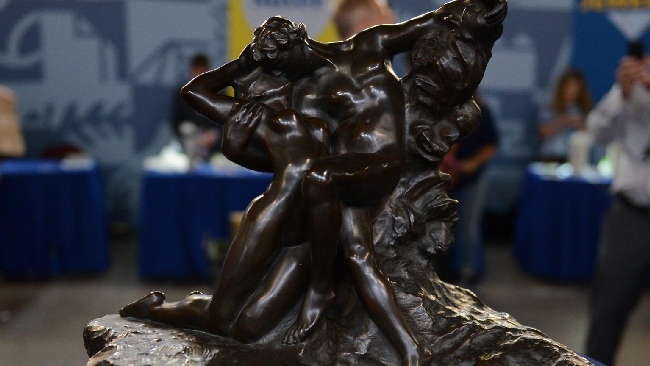
In November 2015, he privately sold the painting” Water snakes II ” by Gustav Klimt for an impressive $ 170 million, and yet found himself in the red, as he bought it for $183.8 million. According to the Agency Bloomberg.com, also, the accounts of Rybolovlev’s trusts in the British virgin Islands received less than $50 million for the painting “Otahi” by Paul Gauguin, purchased by the collector for $120 million.
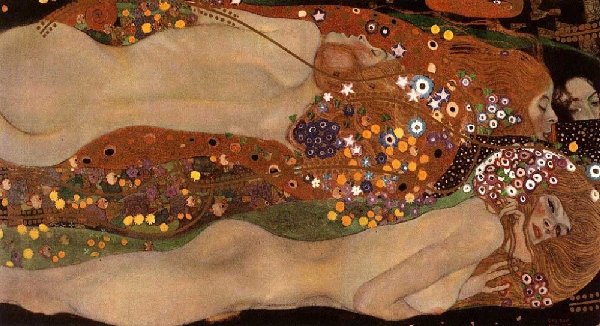
At least five more works put up for auction at Christie’s in London in 2017 and all the estimates of the auction house are significantly lower than what Rybolovlev once paid for these works. For example, Christie’s experts estimated the painting “the Flutist and the Nude” by Pablo Picasso at $8.1-10.6 million, although it was purchased for $35 million.
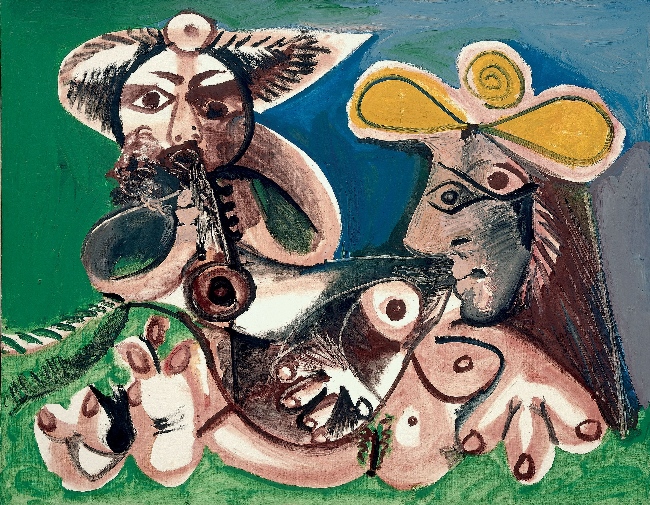
Another sculpture by Auguste Rodin
, ” the Bather (large model)”, was put up for auction with a preliminary estimate of $4.9–7.5 million, despite the fact that it was purchased for $10.4 million. Paul Gauguin’s” house “was valued at $15-22. 4 million at a purchase price of $85 million,and Mark Rothko’s” No. 1 ” was valued at $ 10-15 million against the $36 million paid for it.
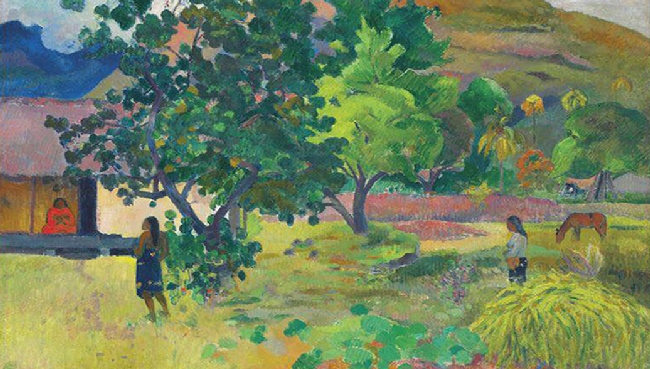
It is because of such a small difference in price that Dmitry Rybolovlev has been suing his art consultant Yves Bouvier for two years. The collector accuses the Swiss dealer and owner of the Freeport network of fraud. According to Rybolovlev, he overpaid a total of about $1 billion for his collection, which includes Nudes by Amedeo Modigliani and “water Lilies” by Claude Monet, as well as works by Leonardo da Vinci, Pablo Picasso and Paul Gauguin.
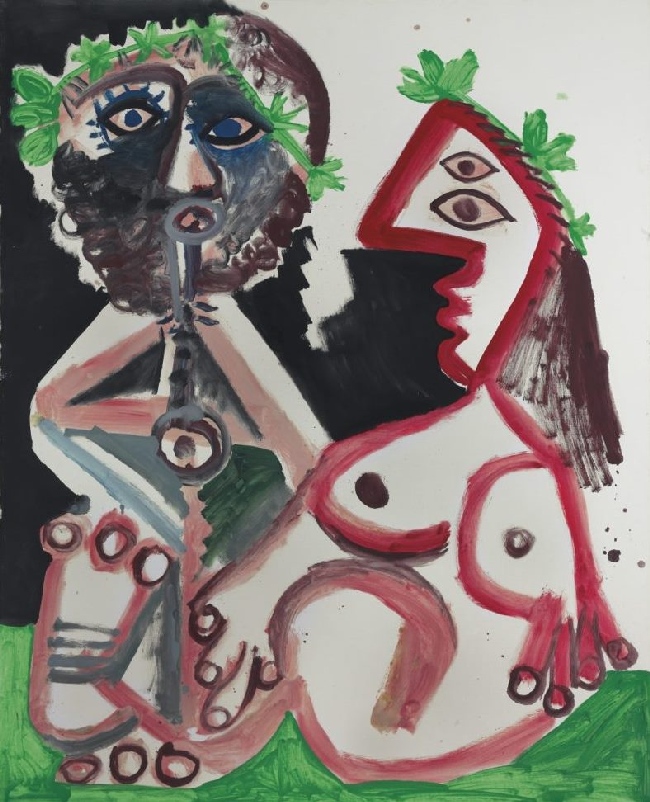
Now Dmitry Rybolovlev, as reported Bloomberg.com, hastily sells works at large international auctions, sometimes receiving half of the amount spent on their purchase. According to Annabel Goberti, founding partner of the London law firm Crefovi, such a hasty sale of the collection is justified from the point of view of judicial procedure. Until Rybolovlev sells the works and gets specific amounts for them, he will not be able to prove in court that he suffered financial losses due to the actions of Yves Bouvier.
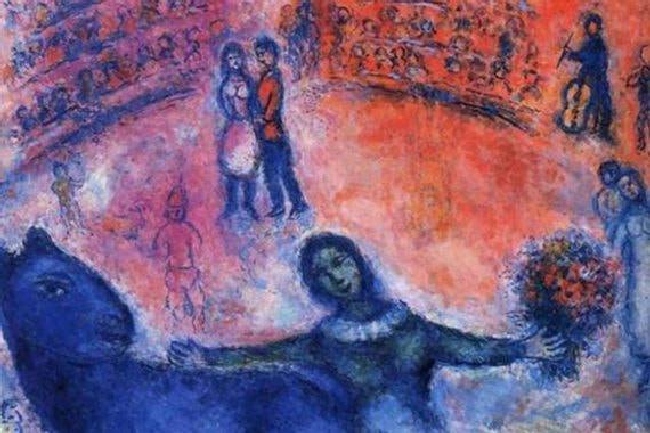
The court of appeal in Monaco sided with art dealer Yves Bouvier. The case was closed in December 2019. It also became known that Rybolovlev filed a lawsuit in new York against the auction house Sotheby’s, accusing it of ” substantial assistance in the largest art fraud in history.”
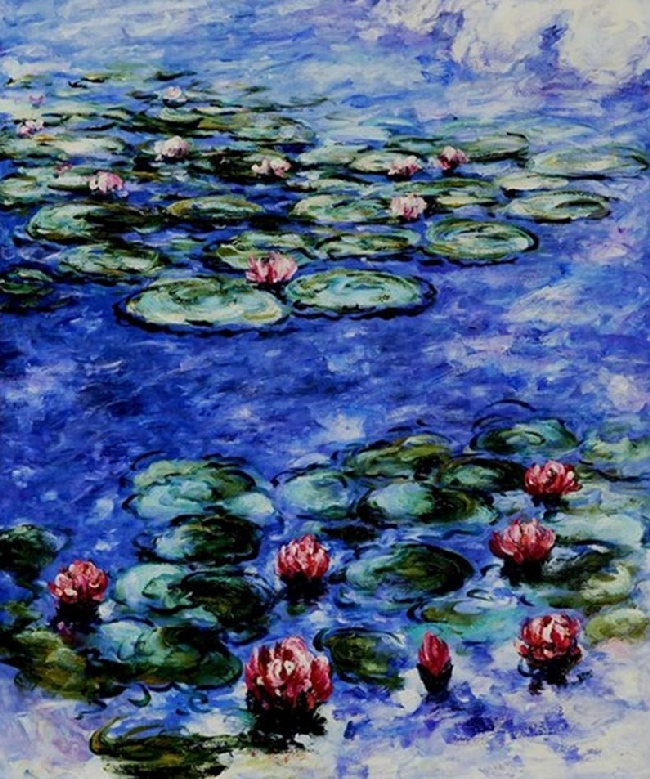
However, it should be borne in mind that the period when Rybolovlev’s collection was formed is just the time of the art boom and record prices on the art market, and in the last two years the situation on it is very unstable and experts say that sales are falling and prices are falling globally. In this situation, it is difficult to prove whether Rybolovlev overpaid for the works as a result of Bouvier’s fraudulent actions, or whether it is a risky investment in art, which at this stage did not justify itself.
